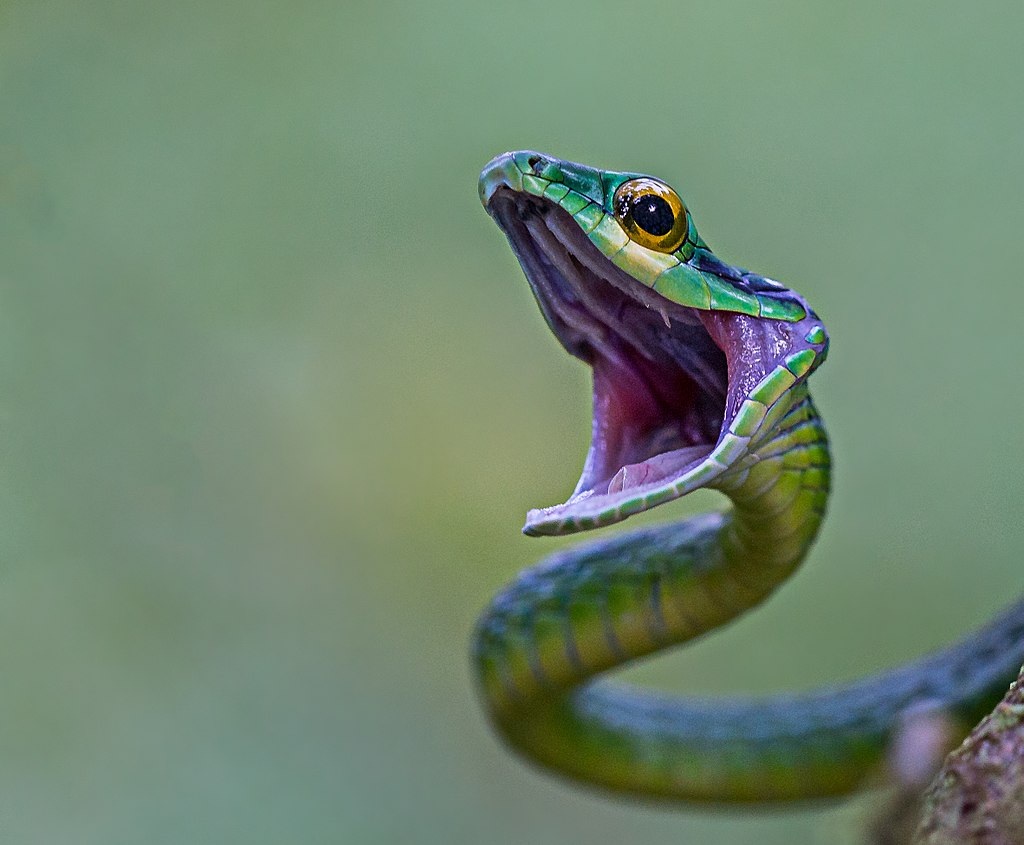In the mysterious realm of reptilian behavior, few questions intrigue us more than how animals perceive themselves. While humans easily recognize their reflections, the snake’s response to mirrors presents a fascinating window into reptile cognition and perception. These limbless creatures, with their ancient evolutionary history and unique sensory systems, interact with reflective surfaces in ways that challenge our understanding of self-awareness in the animal kingdom. From defensive displays to curious investigation, snakes exhibit a range of behaviors when confronted with their mirrored selves that reveal much about their neurological processing, evolutionary adaptations, and sensory capabilities. Let’s slither into the intriguing world of snake reflection recognition and explore what happens when these remarkable reptiles come face-to-face with themselves.
The Snake’s Sensory World

Snakes experience their environment in fundamentally different ways than humans do, which significantly impacts how they interpret reflections. While humans rely heavily on vision, snakes combine visual input with thermal sensing, chemical detection through their forked tongues, and ground vibrations to create a multisensory understanding of their surroundings. Their visual system, though effective, lacks the precision of mammalian vision and processes movement more effectively than static images. When encountering a reflection, a snake receives visual information that isn’t supported by corresponding thermal or chemical cues, creating a perceptual disconnect. This sensory mismatch explains much of the confusion or unusual behaviour observed when snakes encounter mirrors, as they receive contradictory information through different sensory channels.
Common Defensive Reactions
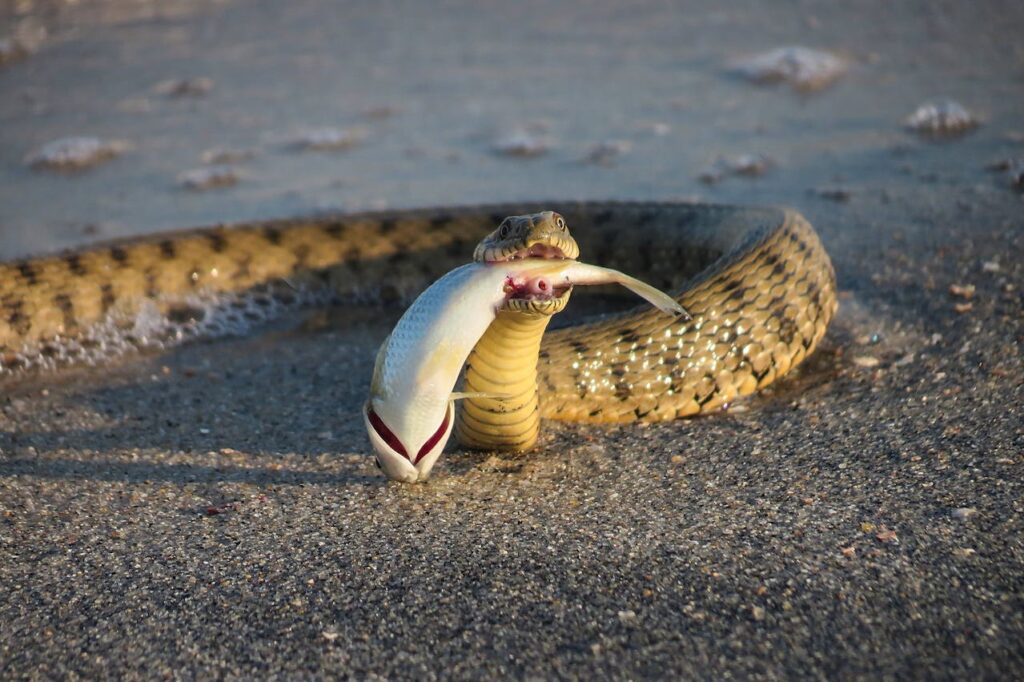
When confronted with their reflection, many snake species display classic defensive behaviors that suggest they perceive their mirror image as another snake rather than themselves. These reactions often include raising their head, flattening their neck (particularly in cobra species), hissing loudly, or assuming strike-ready postures. Some snakes may repeatedly strike at the mirror, especially if the reflected movement triggers their predatory response mechanisms. Species like king cobras and certain vipers are particularly prone to aggressive displays, as they’re naturally territorial and may interpret the reflection as an intruder in their space. These defensive reactions typically intensify if the snake feels cornered or if the reflection appears suddenly in their environment, triggering instinctual self-preservation responses hardwired into their nervous system.
The Mirror Test and Snake Cognition
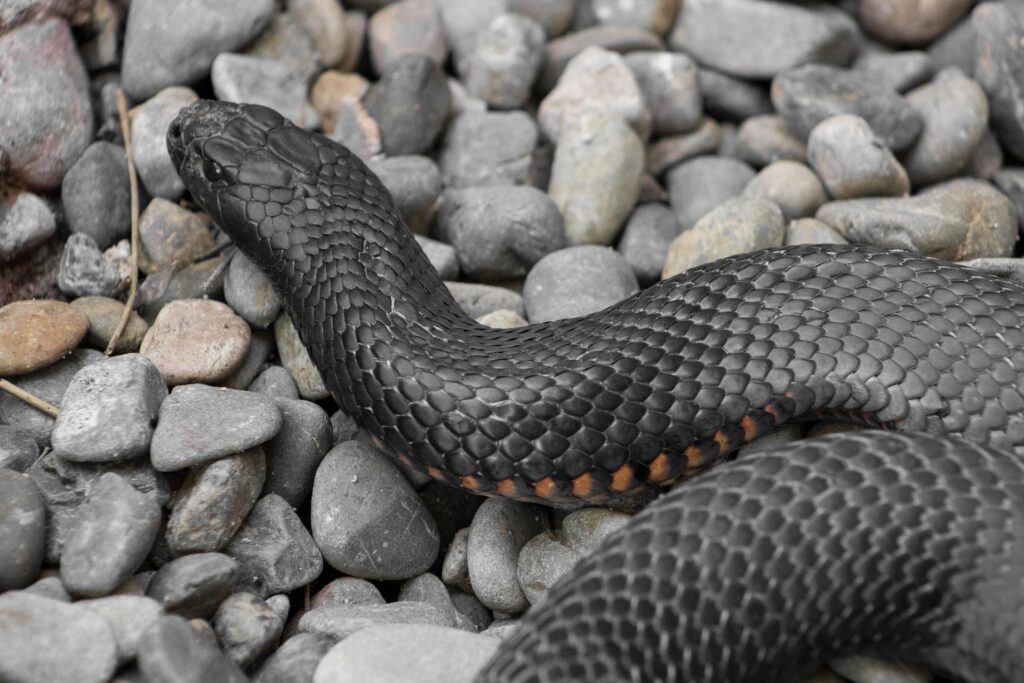
The mirror test, a classical experiment to determine self-recognition in animals, has been applied to numerous species with varying results, though snakes consistently fail to demonstrate self-awareness through this method. Unlike chimpanzees, elephants, and dolphins, who can recognize their reflection after familiarization, snakes typically continue to react to their reflection as if it were another snake, even after repeated exposures. Researchers believe this isn’t necessarily an indication of lower intelligence but rather reflects fundamentally different cognitive processes suited to a reptile’s evolutionary needs. The snake brain dedicates significant resources to processing survival-relevant information like prey detection and threat assessment, with less emphasis on the type of social cognition that might facilitate self-recognition. This specialized neural architecture has been shaped by millions of years of evolution to support the snake’s unique ecological niche rather than abstract concepts like self-awareness.
Species-Specific Variations

Not all snake species react identically to mirrors, with responses varying based on evolutionary adaptations and ecological niches. Arboreal species like tree boas and green tree pythons often show less dramatic responses than ground-dwelling vipers or cobras, possibly due to different territorial imperatives in their natural habitats. Highly venomous species typically display more pronounced defensive postures when confronting reflections, corresponding with their generally more reactive defensive strategies. Researchers have noted that king cobras, renowned for their intelligence among reptiles, show particularly complex responses to mirrors, sometimes alternating between aggressive displays and curious investigation. Docile species such as ball pythons might briefly investigate their reflection before losing interest, demonstrating the spectrum of responses across the diverse snake family tree that includes over 3,000 species worldwide.
Thermal Imaging and Mirror Confusion
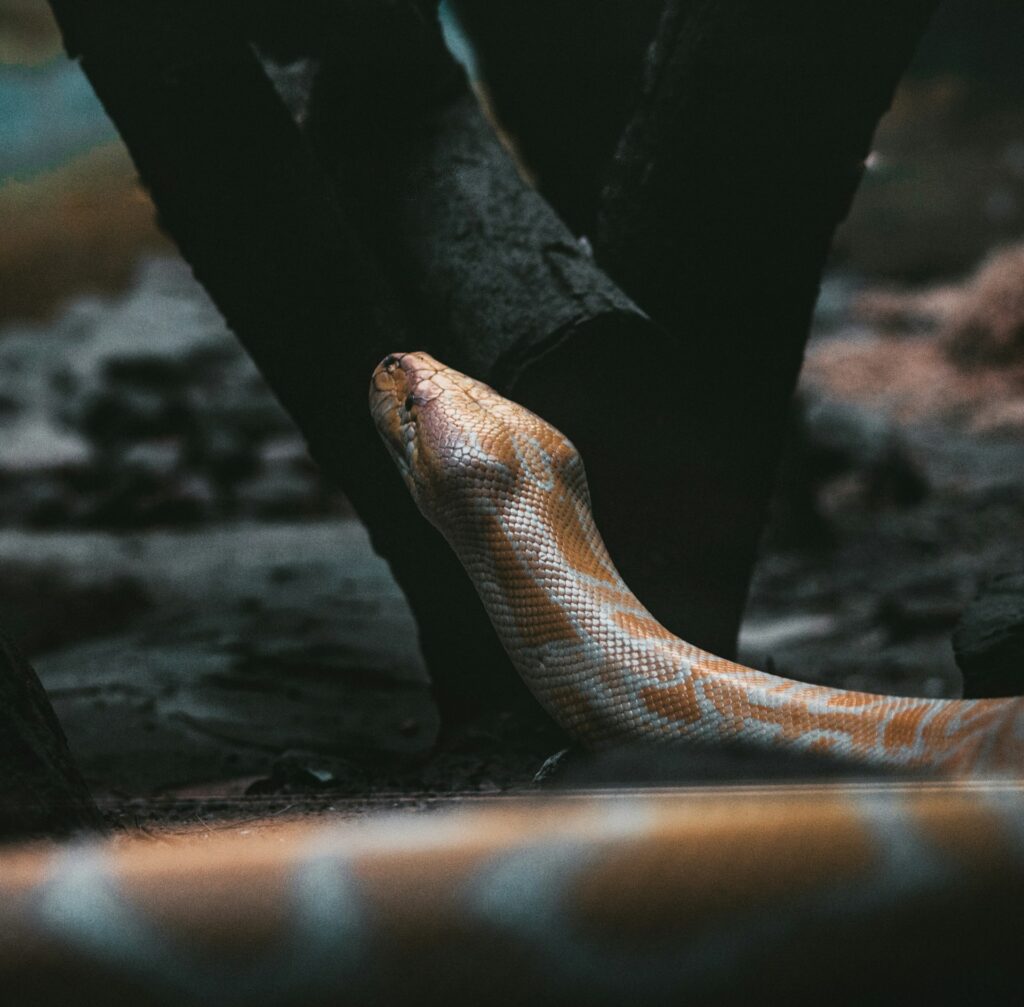
The disconnect between visual and thermal information plays a crucial role in how snakes process their reflections. Many snake species, particularly pit vipers, possess specialized heat-sensing organs that detect infrared radiation, allowing them to “see” the thermal signatures of prey and potential threats. When facing a mirror, the snake sees a visual duplicate but detects no corresponding heat signature, creating a perplexing sensory contradiction. This inconsistency may explain why some snakes appear confused or show inconsistent reactions to mirrors compared to their responses to actual conspecifics. In laboratory settings, researchers have observed snakes alternating between defensive postures and apparent disinterest when confronting mirrors, possibly reflecting this sensory confusion. Some studies have experimented with heated mirrors to determine whether providing thermal feedback changes snake responses, adding another dimension to our understanding of reptilian perception.
Learning and Habituation to Reflections
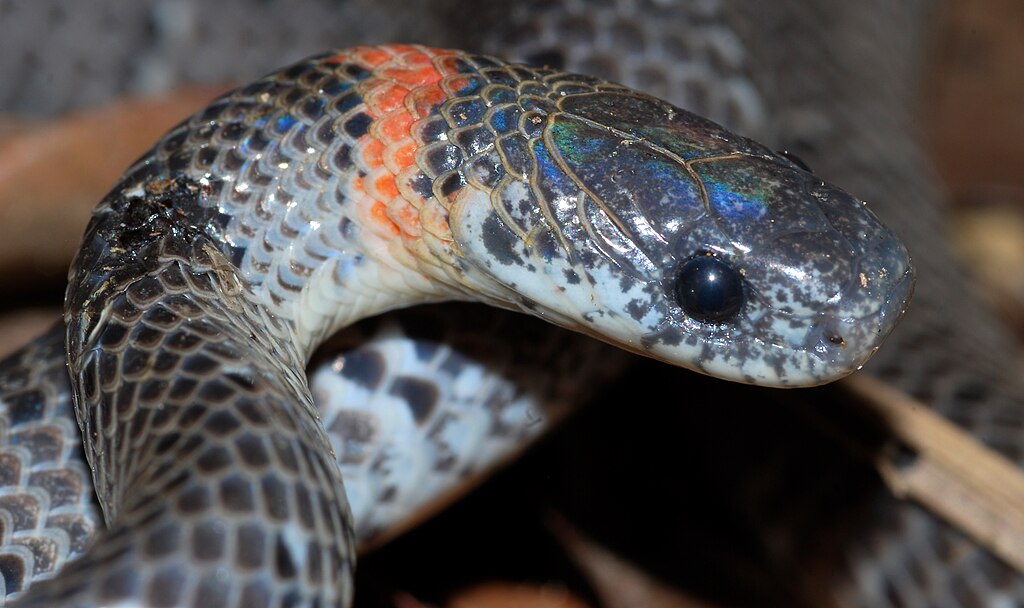
Despite their initial defensive or investigative responses, many snakes demonstrate the capacity to habituate to mirrors over time, though true recognition remains absent. Through repeated exposure without negative consequences, snakes often reduce the intensity of their defensive displays and may eventually ignore the reflection entirely. This habituation process varies significantly between individuals and species, with some snakes adapting within hours while others maintain defensive responses for weeks. Captive-bred snakes frequently show faster habituation rates than wild-caught specimens, suggesting environmental factors influence how quickly snakes can learn to disregard non-threatening stimuli. Researchers studying this phenomenon note that while the snake learns the reflection poses no threat, this represents associative learning rather than cognitive self-recognition, highlighting the distinction between adaptation and awareness.
Mistaken Identity: The Evolutionary Perspective
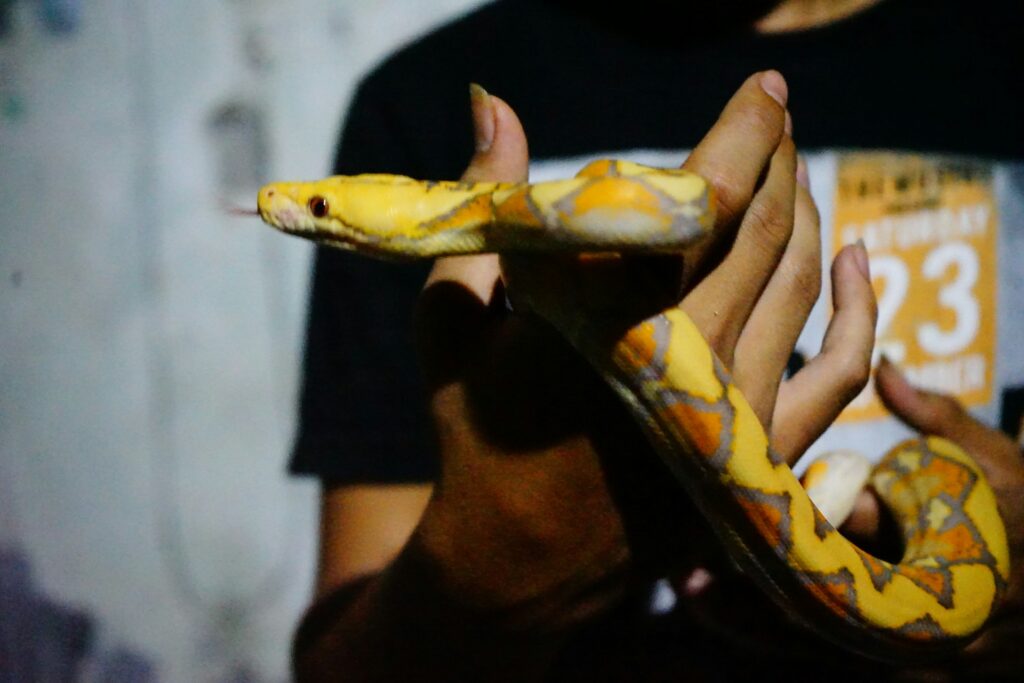
From an evolutionary standpoint, the snake’s reaction to reflections aligns perfectly with natural selection pressures and survival strategies. In their natural habitats, the sudden appearance of another snake-like form would represent either potential competition, predation risk, or a mating opportunity – all scenarios requiring immediate assessment and response. The defensive reactions observed are precisely the behaviors that would benefit a snake encountering an actual competitor or threat in the wild. The snake brain has evolved to process visual information rapidly and trigger appropriate responses with minimal cognitive processing, prioritizing speed over abstract understanding. Throughout their 100+ million years of evolution, snakes never encountered mirrors in nature, so no selective pressure existed to develop mechanisms for distinguishing reflections from reality – their reactions represent an evolutionary mismatch between ancient instincts and modern artificial environments.
Scientific Research Methods and Challenges
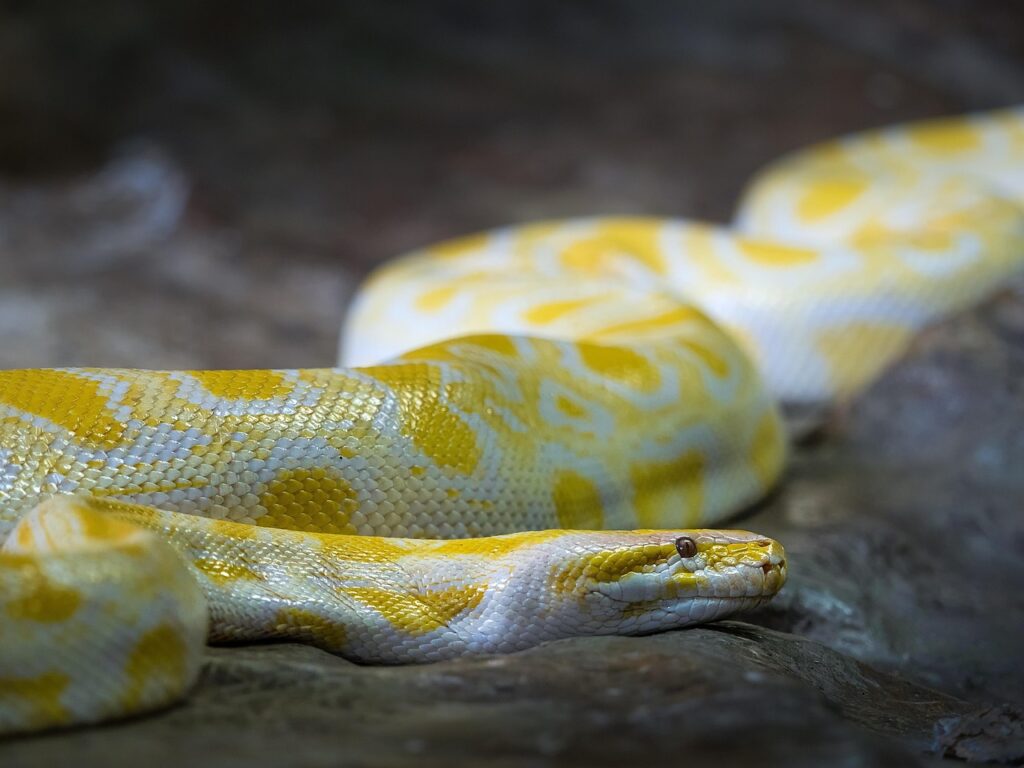
Studying snake responses to reflections presents unique methodological challenges that researchers must overcome to gather meaningful data. Controlling variables such as lighting, mirror placement, and snake positioning requires specialized experimental designs that don’t inadvertently trigger stress responses unrelated to the reflection itself. Researchers must account for individual personality differences between snake specimens, as some individuals naturally show more bold or shy temperaments regardless of species tendencies. Non-invasive observation techniques using remote cameras help minimize human presence that might influence behavior, while standardized scoring systems for defensive displays allow for quantitative analysis across different studies. The relatively slow pace of reptile research funding compared to mammalian studies has limited our understanding, though recent interest in comparative cognition has spurred new investigations into how various animals, including snakes, process and respond to self-images.
Captive Snake Environments and Mirror Enrichment
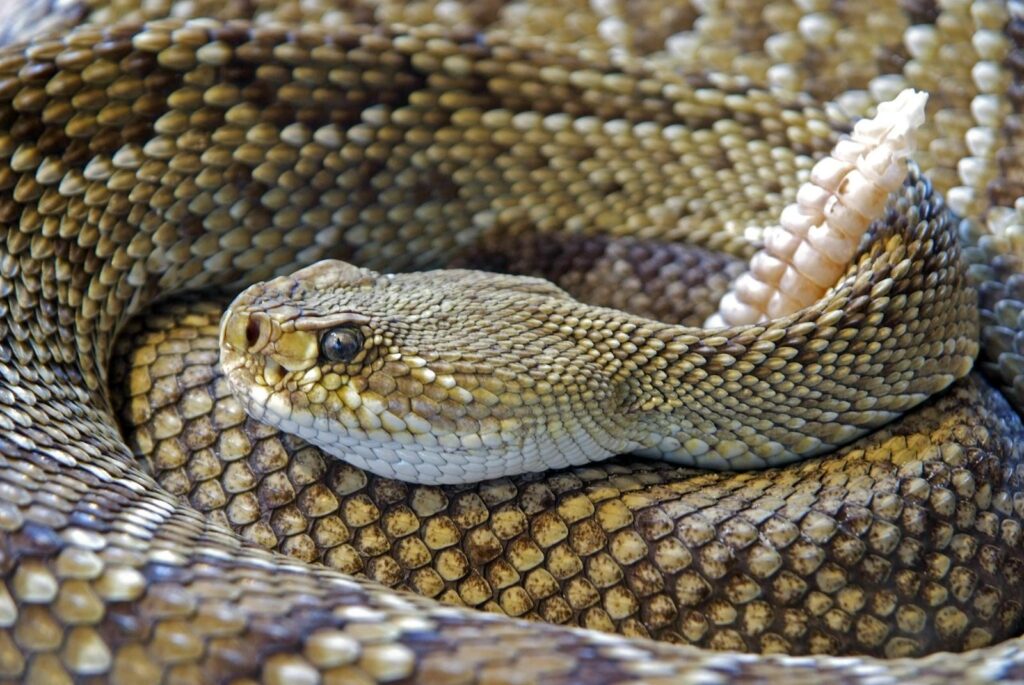
For snake owners and zoological facilities, understanding reflection responses has practical implications for enclosure design and environmental enrichment considerations. Highly reflective surfaces in terrariums may cause unnecessary stress for some snake species, particularly those with strong territorial instincts who might perceive their reflection as a constant intruder. Conversely, temporary mirror exposure might provide beneficial cognitive stimulation for certain species when appropriately managed, though this practice remains controversial among reptile specialists. Professional herpetologists recommend monitoring individual responses closely if reflective surfaces are present and removing mirrors if consistent stress behaviors are observed. Some facilities use one-way glass for viewing areas to prevent snakes from seeing reflections while still allowing visitor observation, balancing educational opportunities with animal welfare concerns in modern zoological design.
Comparing Snake Responses to Other Reptiles
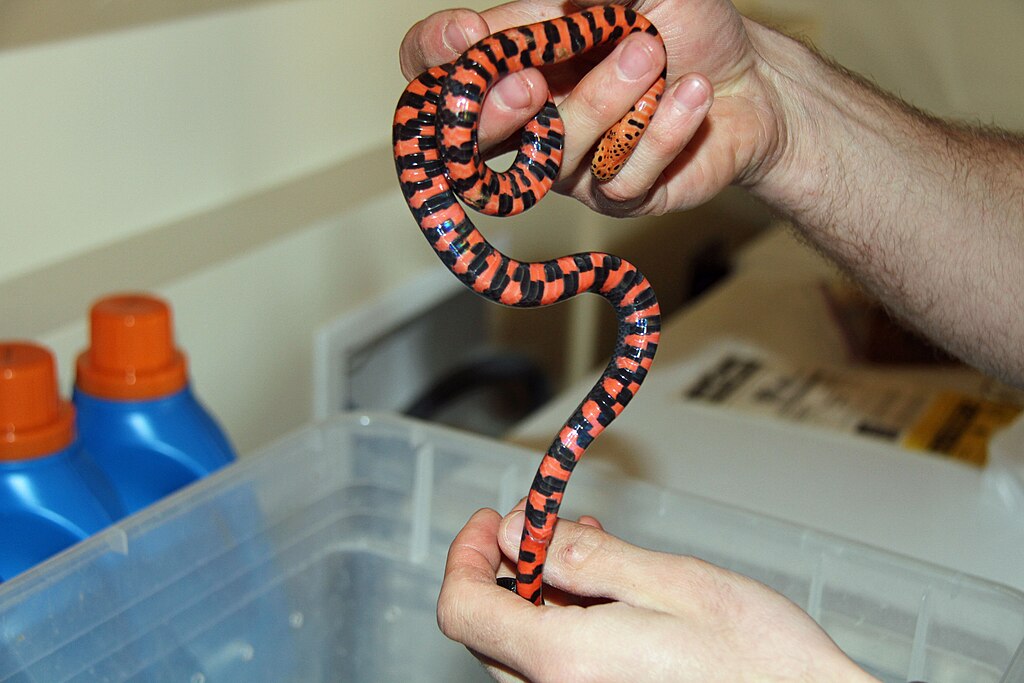
When examining mirror recognition across the reptile family, snakes demonstrate notable differences from their evolutionary cousins. Monitor lizards, particularly larger species like Komodo dragons, show more complex investigative behaviors toward reflections, sometimes including tongue-touching and sustained examination. Certain turtle species exhibit social behaviors toward mirrors that suggest a different level of perception than snakes typically display. Crocodilians present particularly interesting comparative cases, with some studies indicating potential territorial responses to reflections that persist longer than those observed in most snake species. These differences likely reflect varying evolutionary pressures related to each reptile group’s social structures, hunting strategies, and neurological development. Comparative studies across reptile orders provide valuable insights into how different evolutionary paths have shaped cognitive processing and self-perception in these ancient vertebrate lineages.
The Role of Chemical Cues in Recognition

For snakes, chemical signals often override visual information when assessing their environment, which significantly impacts how they process reflections. When a snake flicks its forked tongue toward a mirror, it collects no chemical signature matching the visual image, creating a fundamental perceptual disconnect. This absence of chemical confirmation may explain why many snakes quickly lose interest in reflections after initial investigation, as the lack of scent molecules contradicts the visual evidence of another snake. Some species rely more heavily on vomeronasal chemoreception than others, with blind snakes and burrowing species demonstrating almost complete indifference to reflections while remaining highly responsive to chemical signals. Research examining brain activity during mirror exposure reveals that regions associated with chemical processing show reduced activation compared to encounters with actual conspecifics, suggesting the snake’s brain processes reflections differently once chemical information proves absent.
Implications for Understanding Reptilian Consciousness
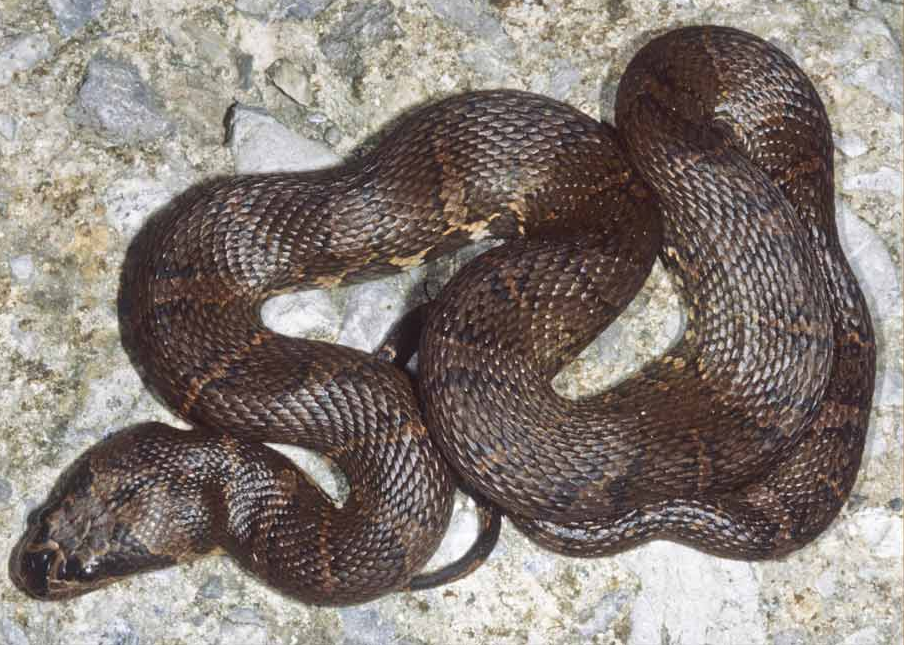
The study of how snakes react to reflections contributes to broader questions about consciousness and self-awareness across the animal kingdom. While snakes don’t demonstrate the mirror self-recognition considered evidence of self-awareness in mammals and birds, their responses reveal sophisticated processing of environmental information that serves their ecological needs. Contemporary neuroscience increasingly recognizes that consciousness exists on a spectrum rather than as a binary trait, with different species experiencing awareness appropriate to their evolutionary context and needs. The snake’s response to reflections demonstrates a form of consciousness focused on immediate survival rather than abstract self-concept, representing an equally valid but different form of awareness. Understanding these distinctions helps scientists develop more nuanced models of animal consciousness that respect the diversity of cognitive adaptations across different evolutionary lineages rather than measuring all species against anthropocentric standards of awareness.
Conclusion
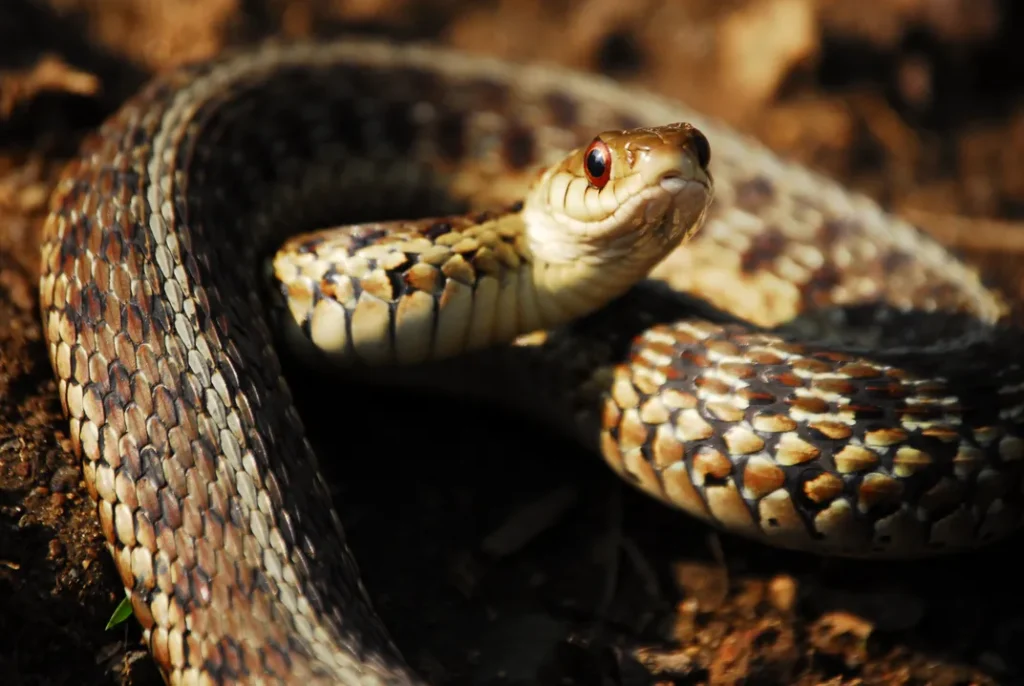
The snake’s encounter with its reflection offers a fascinating glimpse into reptilian perception and cognition. While these remarkable creatures don’t recognize themselves in mirrors as humans do, their responses reveal sophisticated sensory processing and behaviors finely tuned by millions of years of evolution. Through defensive displays, cautious investigation, and eventual habituation, snakes demonstrate their unique way of processing and adapting to visual information that lacks supporting sensory input. Rather than indicating cognitive limitations, these reactions showcase specialized neural systems optimized for survival in their ecological niche. As research continues to expand our understanding of animal cognition beyond mammalian models, the snake’s interaction with mirrors reminds us that consciousness and perception take many forms across the animal kingdom, each deserving appreciation on its own evolutionary terms.

